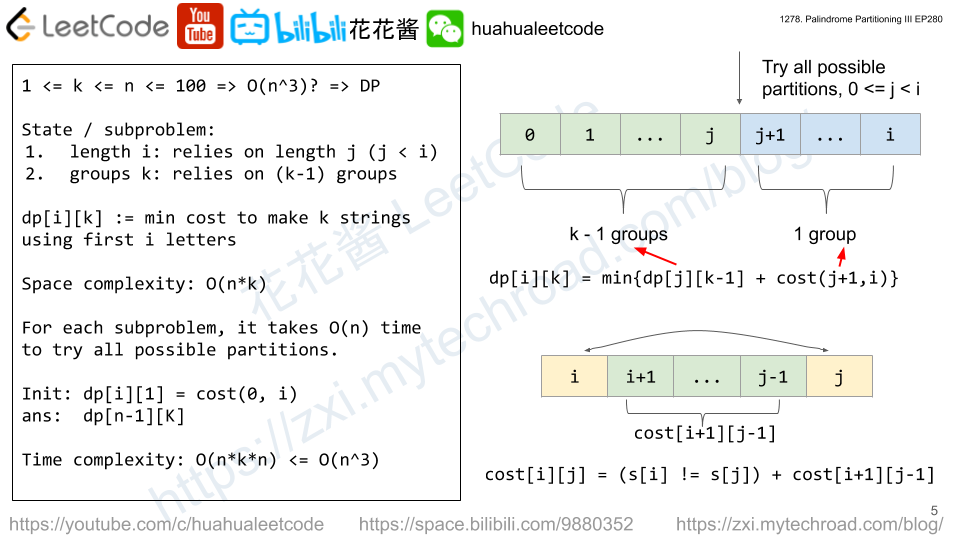Tic-tac-toe is played by two players A and B on a 3 x 3 grid.
Here are the rules of Tic-Tac-Toe:
- Players take turns placing characters into empty squares (” “).
- The first player A always places “X” characters, while the second player B always places “O” characters.
- “X” and “O” characters are always placed into empty squares, never on filled ones.
- The game ends when there are 3 of the same (non-empty) character filling any row, column, or diagonal.
- The game also ends if all squares are non-empty.
- No more moves can be played if the game is over.
Given an array moves where each element is another array of size 2 corresponding to the row and column of the grid where they mark their respective character in the order in which A and B play.
Return the winner of the game if it exists (A or B), in case the game ends in a draw return “Draw”, if there are still movements to play return “Pending”.
You can assume that moves is valid (It follows the rules of Tic-Tac-Toe), the grid is initially empty and A will play first.
Example 1:
Input: moves = [[0,0],[2,0],[1,1],[2,1],[2,2]]
Output: "A"
Explanation: "A" wins, he always plays first.
"X " "X " "X " "X " "X "
" " -> " " -> " X " -> " X " -> " X "
" " "O " "O " "OO " "OOX"
Example 2:
Input: moves = [[0,0],[1,1],[0,1],[0,2],[1,0],[2,0]]
Output: "B"
Explanation: "B" wins.
"X " "X " "XX " "XXO" "XXO" "XXO"
" " -> " O " -> " O " -> " O " -> "XO " -> "XO "
" " " " " " " " " " "O "
Example 3:
Input: moves = [[0,0],[1,1],[2,0],[1,0],[1,2],[2,1],[0,1],[0,2],[2,2]]
Output: "Draw"
Explanation: The game ends in a draw since there are no moves to make.
"XXO"
"OOX"
"XOX"
Example 4:
Input: moves = [[0,0],[1,1]]
Output: "Pending"
Explanation: The game has not finished yet.
"X "
" O "
" "
Constraints:
1 <= moves.length <= 9moves[i].length == 20 <= moves[i][j] <= 2- There are no repeated elements on
moves. moves follow the rules of tic tac toe.
Solution: Simulation
Time complexity: O(1)
Space complexity: O(1)
C++
1 2 3 4 5 6 7 8 9 10 11 12 13 14 15 16 17 18 19 20 21 22 23 |
// Author: Huahua class Solution { public: string tictactoe(vector<vector<int>>& moves) { vector<vector<string>> b(3, vector<string>(3, "#")); bool A = true; for (const auto& move : moves) { b[move[0]][move[1]] = A ? "A" : "B"; A = !A; } for (int i = 0; i < 3; ++i) { if (b[i][0] == b[i][1] && b[i][2] == b[i][1] && b[i][0] != "#") return b[i][0]; if (b[0][i] == b[1][i] && b[2][i] == b[1][i] && b[0][i] != "#") return b[0][i]; } if (b[0][0] == b[1][1] && b[1][1] == b[2][2] && b[1][1] != "#") return b[1][1]; if (b[2][0] == b[1][1] && b[1][1] == b[0][2] && b[1][1] != "#") return b[1][1]; return moves.size() == 9 ? "Draw" : "Pending"; } }; |
